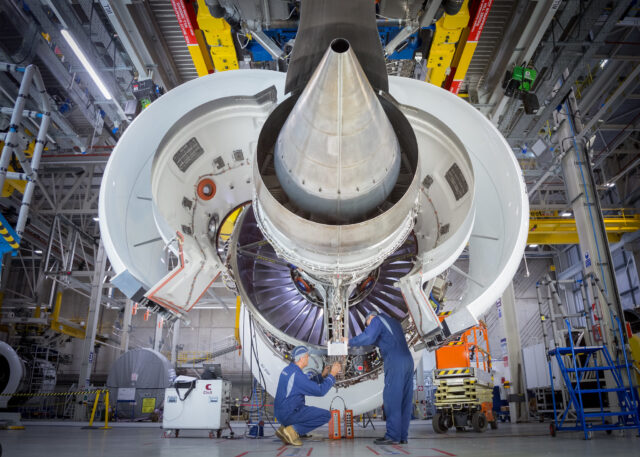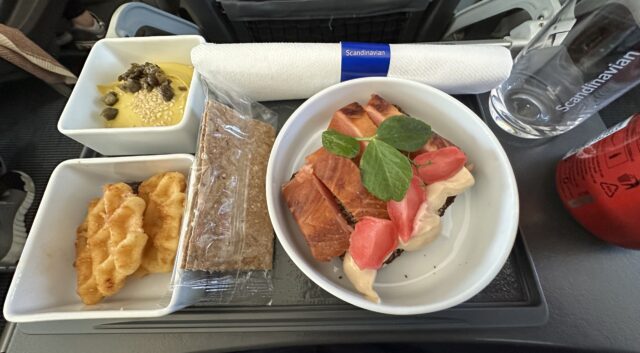Robin Riedel: Is 2050 net zero target putting too much focus on SAF?
Sustainable aviation fuel (SAF) will be an important tool as the aerospace industry targets net zero by 2050, but much of the focus should remain on developing novel propulsion concepts,…
Sustainable aviation fuel (SAF) will be an important tool as the aerospace industry targets net zero by 2050, but much of the focus should remain on developing novel propulsion concepts, according to Robin Riedel, who co-leads the McKinsey Center for Future Mobility.
Speaking to FINN at the end of 2023 about the challenge of sustainability in the coming years, Riedel said the focus on reaching net zero by the middle of the century meant the priority needed to be on SAF, particularly for larger aircraft.
“There are a number of different levers to pull to get to sustainable aviation,” he said.
“We know that there is a pretty significant installed base of aircraft that are hard to retrofit. Every 737 and A320 that rolls out of the factory today is still going to be flying in 2050. So, SAF is the way to kind of help that part of the industry.
“At the same time, we need some of these other solutions, because the problem with SAF remains that it does create non-carbon effects….like contrails and NOx.
“Novel propulsion is going to be what helps us with that, whether it’s electric or hydrogen, and so research and development needs to continue on that.”
Riedel said that while the technology needed to commercialise electric or hydrogen flight was not ready but that it may be by 2030.
He explained: “This is early stages. batteries aren’t quite there yet, hydrogen fuel cells aren’t quite there yet. But you can see a world where commuter aircraft and regional aircraft start getting powered by novel propulsion within this decade.
“It doesn’t really change the overall carbon impact on our aviation given that that is mostly driven by larger aircraft and longer distances, but it creates a technology and also gives regional air mobility the right to grow if it’s sustainable, and it’s eventually going to be cheaper.
“[Electric and hydrogen] is not going to change large aircraft in the next 20-30 years, at least not at scale, and therefore we are going to need a lot of SAF.
“We set the arbitrary target for 2050 which the world is working towards but what if we had set it to 2070? If the target was 2070, all of the sudden it would be much more about novel concepts because you have more time to replace [aircraft].
“I think SAF is a big solution for 2050, if you work to 2070, it should be less of a solution. And that’s why we need continue with some of these other other things.”
Subscribe to the FINN weekly newsletter
















